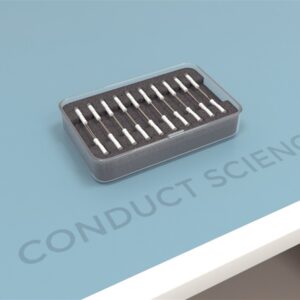
Simian Labs is a laboratory focused on developing innovative solutions in the field of technology and biotechnology. Specializing in research and development (R&D), Simian Labs works on projects that aim to integrate artificial intelligence with biology to create advanced tools that enhance the understanding of complex biological processes and enable significant advancements in areas such as medicine, pharmacology, and bioinformatics.

bool(false)


Check our free demo by clicking on the button below
Specifications |
3.5 × 3.5 m space |
Tracked boundary by 30 cm |
Alarm and visual warning if the user moves beyond the boundary. |
“‘L’-shaped outward path to three different locations |
Each marked by inverted cones at head height numbered one two and three |
9 trials conducted within each of the three environments, totalling, 27 trials per participant.
The return path conditions were altered to three different environments: condition A, no environmental change (Fig. 1D), condition B, removal of boundary cues (Fig. 1E); and condition C, removal of surface detail (Fig. 1F).
Each return condition was presented three times per environment, with return conditions presented pseudo-randomly in each environment.
20 seconds of habituation


The user is asked to walk in an ‘L’-shaped outward path to three different locations. Inverted cones 2 and 3 disappear once the user reaches them.

Upon reaching cone 3, a message is projected onto the scene asking the user to talk back to location 1 using their memory via a round-trip path.

An auditory stimulus and the appearance of a cone alert participants to walk to the next cone location.

The user presses the controller trigger when he believes he has reached the estimated location of cone 1, which ends the test.
And at the end, the following results are obtained:

Vr version:
Howett, D., Castegnaro, A., Krzywicka, K., Hagman, J., Marchment, D., Henson, R., Rio, M., King, J. A., Burgess, N., & Chan, D. (2019). Differentiation of mild cognitive impairment using an entorhinal cortex-based test of virtual reality navigation. Brain, 142(6), 1751-1766. https://doi.org/10.1093/brain/awz116
There are no questions yet. Be the first to ask a question about this product.